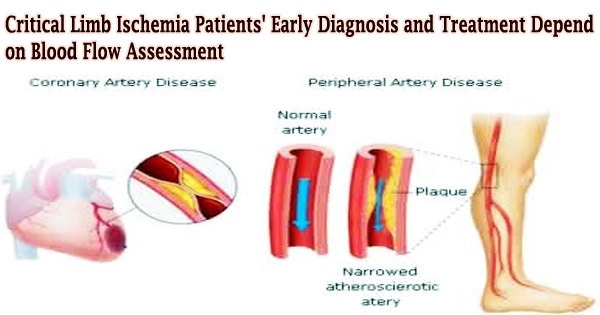A recent scientific statement from the American Heart Association, published in the Association’s flagship journal Circulation, addresses non-invasive methods and tools for evaluating blood flow and other diagnostic factors for persons with critical limb ischemia.
According to the claim, the ankle-brachial index, toe brachial index, toe systolic pressure, transcutaneous oximetry (TcPO2), and skin perfusion pressure (SPP) all have their advantages and disadvantages.
It also looks at several methods, including those that use laser Doppler and speckle imaging, as well as potential for technological advancement and lowering inequities in detection and treatment.
The authors identified concomitant diseases, discrepancies in therapy, and variances in critical limb ischemia diagnosis based on gender and ethnicity. Women have greater rates of disability and mortality, different blood flow patterns, and a higher likelihood of needing an emergency hospital stay.
Critical limb ischemia patients who are Black or Hispanic are more likely to have diabetes, chronic renal disease, and gangrene. Ulcers and soreness in the legs while at rest are more common in white patients.
Black patients are also 78% more likely to receive lower extremity amputation for critical limb ischemia compared to their white peers, even after adjustment for socioeconomic status, access to facilities with revascularization services and other factors.
The most severe type of peripheral artery disease (PAD), which affects an estimated 12 million Americans, is critical limb ischemia. It happens when the arteries that provide blood to the legs constrict or are stopped.
If blood flow is not restored to the limbs, the condition can result in gangrene, wounds that do not heal, and amputations. Strategies to evaluate blood flow are very limited despite the high occurrence of critical limb ischemia.
With the aim of earlier identification and treatment to prevent amputations and impairment as well as enhancing the quality of life for patients, new technologies offer prospective prospects to improve the precision and quality of critical limb ischemia management.





